While the green algae can be a decoration for your fish tank, there are some damaging algae, such as the black beard algae, blue-green algae, and brown algae. Fortunately, brown algae are less harmful to your aquariums. In this article, let’s dive deep into brown algae in fish tanks.
Content Table
Are Brown Algae Bad for Fish?
Brown algae are common in a fish tank and always appear in the primary stage after tank setup. Usually, the algae are brown clumpy patches, but with a yucky appearance. Generally, they grow on the substrate, aquarium glass, aquatic plants, and other surfaces. Also, brown algae are not detrimental to fish, but may be damaging to aquatic plants, and would decrease the ornamental value of aquariums. If you notice that plants are covered with brown algae, you’d better remove the algae as soon as possible. Since the algae block the light and consume the nutrients that are also necessary for aquatic plants. And finally, plants may suffer death.
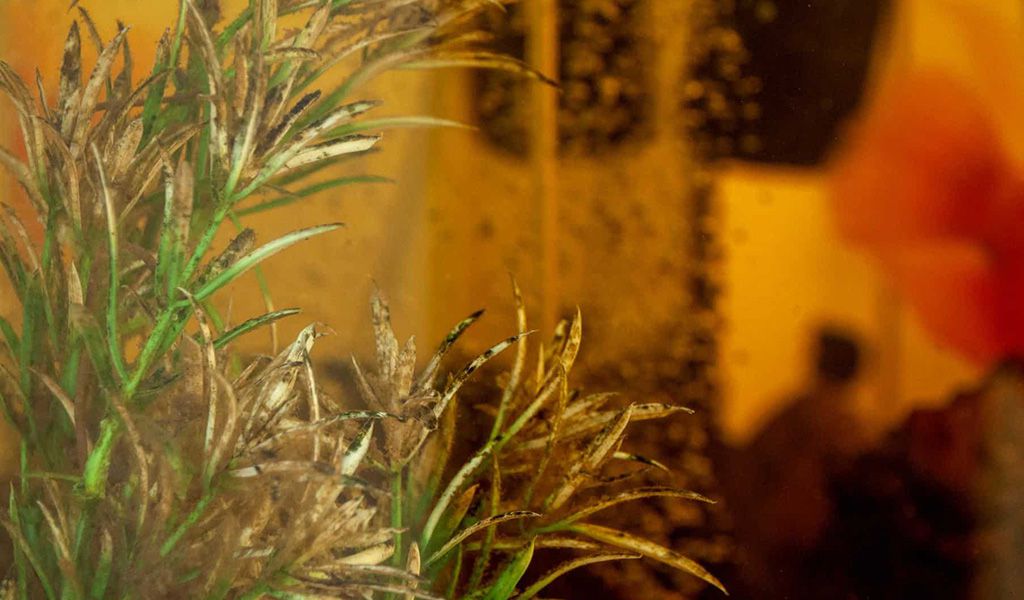
Why Has It Got Brown Algae in My Aquarium?
Brown algae growing in your aquarium are the results of lasting low light, high levels of silicates and phosphates, and high nitrate levels. Specifically, low light may not be the dominant cause. But exactly, it plays a role in brown algae thriving. However, silicates are one food source for brown algae. Consequently, high silicate levels help the brown algae thrive in the aquarium.
In general, silicates are contained in tap water, well water, live rocks, live sand, and others. Also, phosphates coming from uneaten fish food, fish feces, dead fish, or others, provide nutrients for brown algae. Furthermore, nitrates from tap water, uneaten fish food, plant fertilizers, rotted plants, fish feces, or others, can be one reason for brown algae growth.
After learning the causes, how can you identify whether there are brown algae in the aquarium? You can determine from two sides – color and location. Brown algae are usually algae that first appear on the aquarium corners, and then gradually cover the substrate, aquatic plants, and other object surfaces.
Brown Algae in Fish Tanks Treatment
Seeing that brown algae are so bad, why not remove them? Then how? Exactly, you can remove the brown algae with some tools, like scissors or toothbrushes. Also, a bio solution is feasible, adding some algae-eaters for instance. Just continue reading and you will know more in this segment.
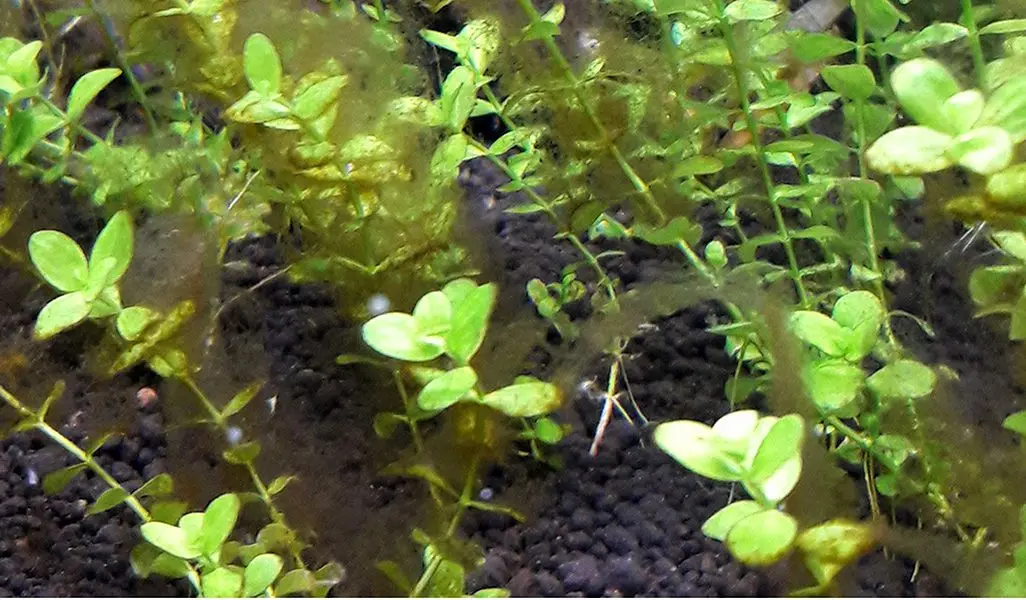
Trim or scrub with tools
Facing brown algae growing on the leaves of aquatic plants, it is feasible to trim them. Sounds easy, right? On the contrary, you can also remove the brown algae with a toothbrush or an algae scraper. The magnetic cleaner is convenient. It helps to clean the aquarium without wetting your hands. However, it may take you much time. After rubbing the brown algae from the object surfaces, you need to remove the algae and detritus from your fish tank. In this case, an aquarium siphon can help you out exactly.
Introducing algae-eaters
It can be a food source for shrimp, snails, and other otocinclus catfish. Specifically, Amano shrimp, for instance. Introducing some of them can reduce brown algae and limit algae growth. Also, for more info about algae-eaters, you can read A Bio Solution to Algae in Fish Tank – Amano Shrimp.
Apply bleach
If the algae take the dominant place, pulling and treating aquatic plants and wood will be required. To remove the brown algae and keep the aquatic plants alive, it is feasible to soak everything in a 10% bleach solution for three minutes. Nonetheless, you should rinse or soak them in fresh water before putting them back in your aquarium.
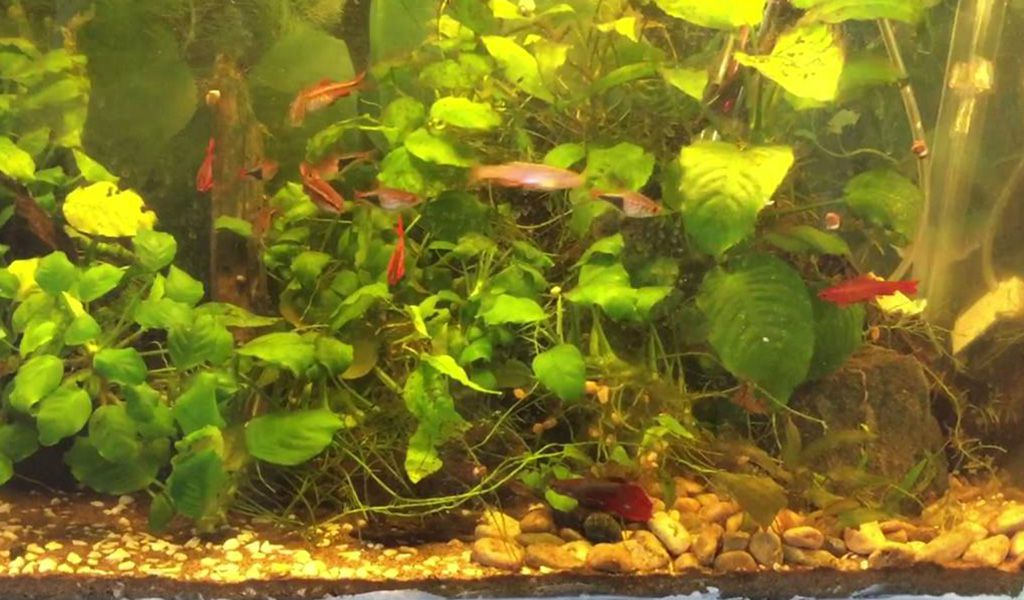
Removing fish seems troublesome, right? Virtually, you can prevent it. Here are some methods to do so. First, keep ideal lighting. Lasting low light would accelerate brown algae growth. It is best to keep the aquarium light on for about 8–10 hours each day. You can adjust the light intensity to the ideal level according to the plants and fish in your tank. On the other side, create a great filtration system. It helps to accelerate the decomposition of the organic. Besides, an aquarium filter can create water movement, which makes the algae hard to anchor on the surface.
Additionally, you should change the water regularly to maintain clean water with great water quality. For example, change 15-30 percent of the water each week. An aquarium vacuum will help you a lot. With a control valve, it can adjust the water flow. It is best to test the new water and clean the rocks, sand, and other aquarium accessories before adding them to your aquarium. Furthermore, uneaten food provides nutrients for brown algae. Hence, do not overfeed and remove the uneaten food in time. And a fish net can give you a hand with removing uneaten food.
Sum Up
In short, you can get rid of the brown algae by physical method. For instance, rubbing the algae with an algae scraper. Moreover, bio solutions also make sense, like introducing algae eaters. Just choose the one you prefer, and take action. By the way, if you are eager to learn more about common algae species, you can read Common Algae in Freshwater Aquarium. And for more wonderful ideas, welcome to share in the comment. Finally, thank you for your reading.
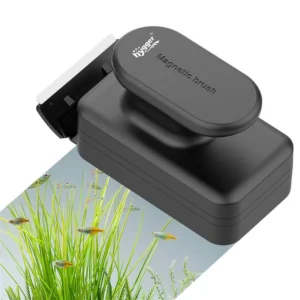
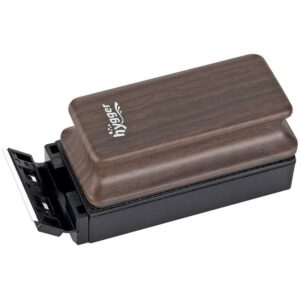
Leave a comment